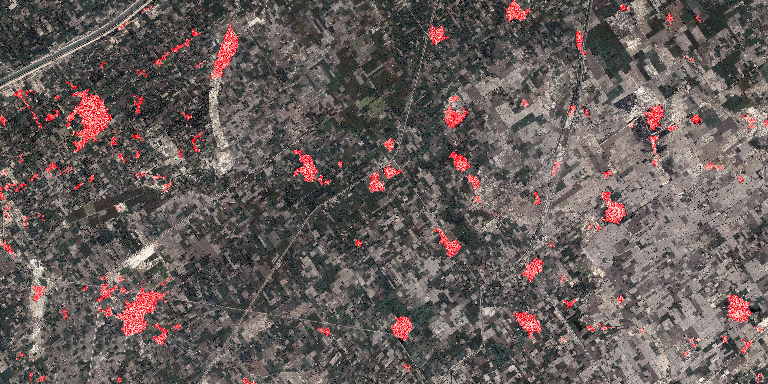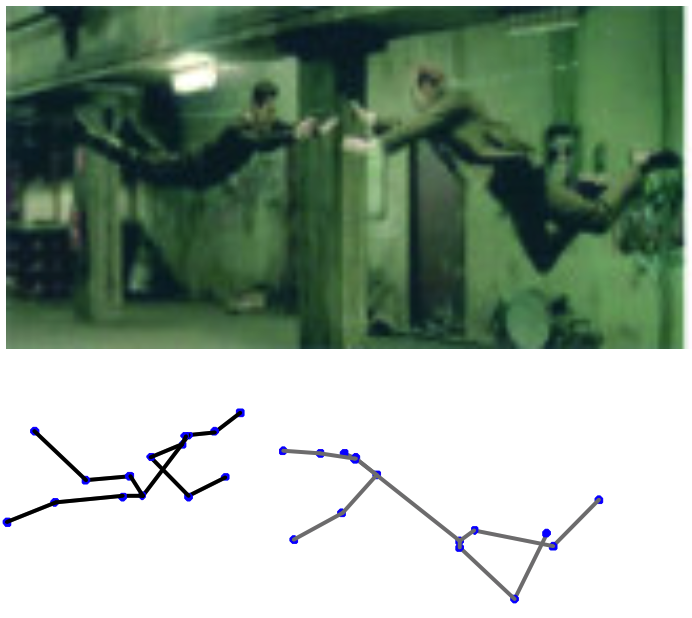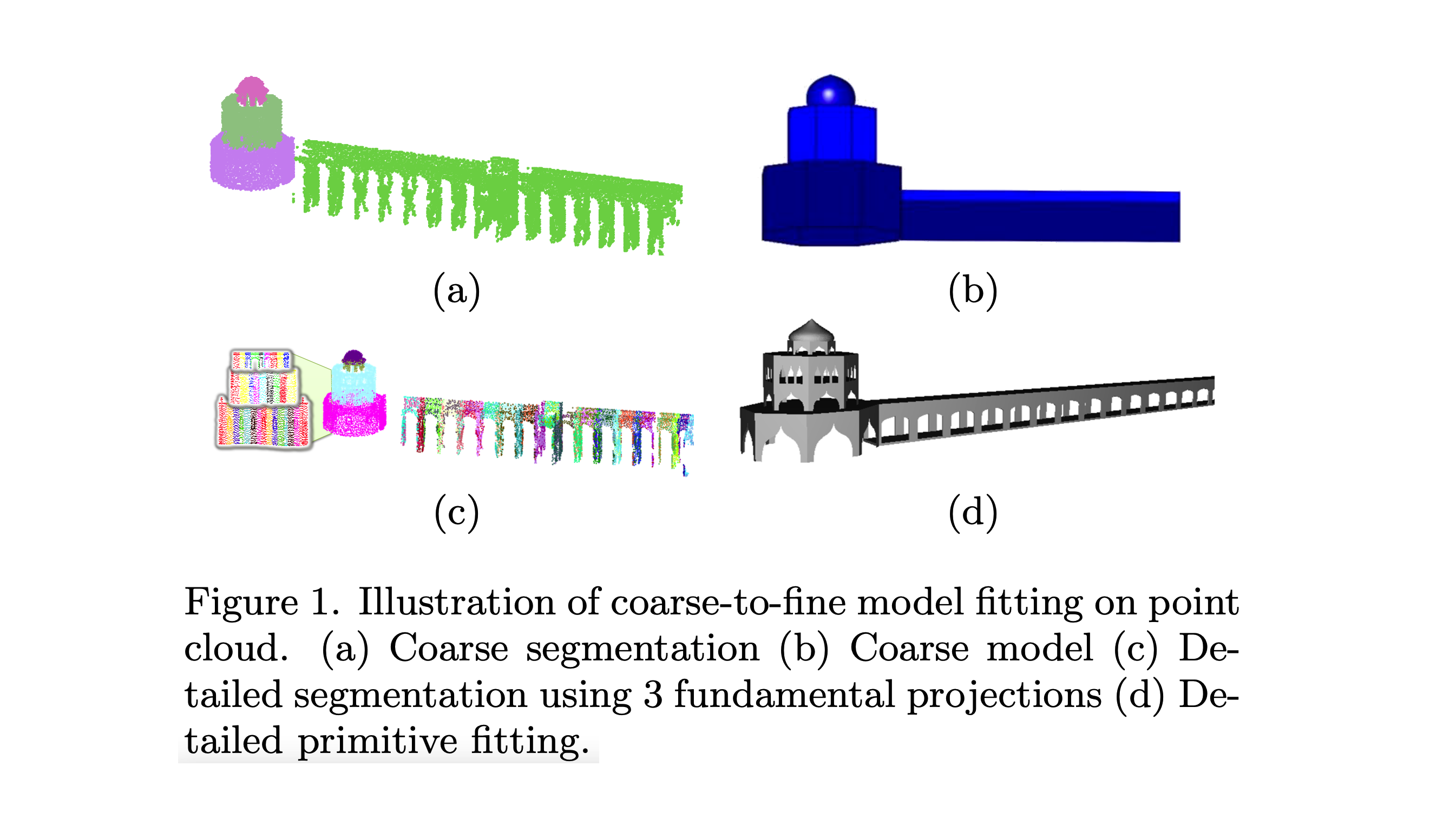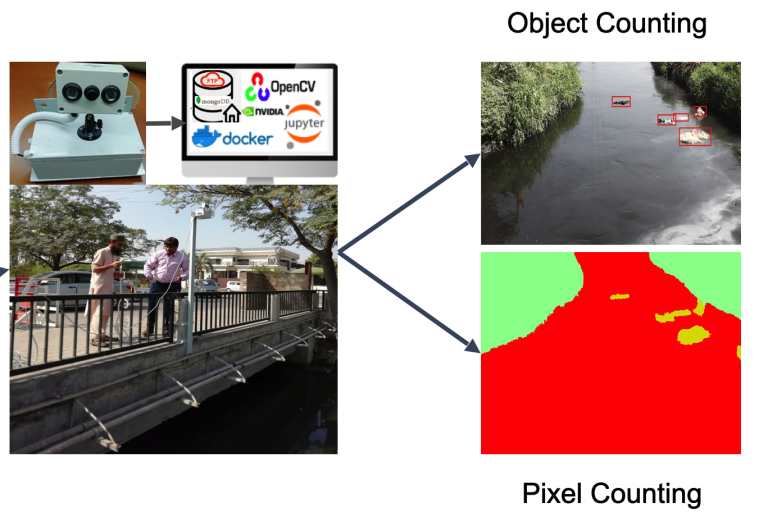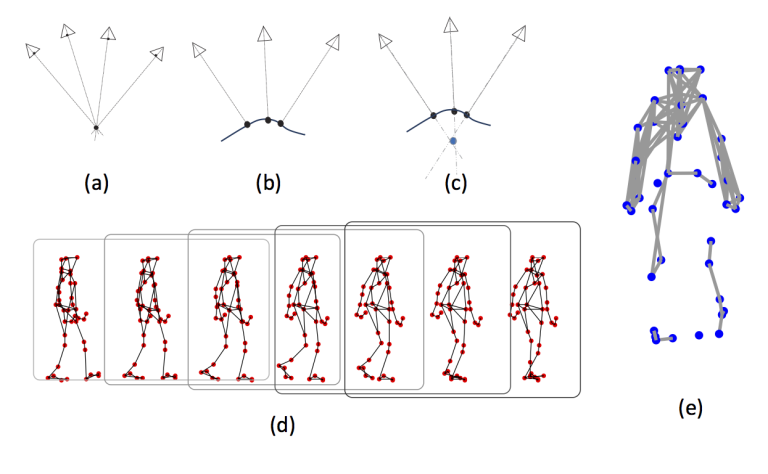Enabling 3D vision on hand-held devices
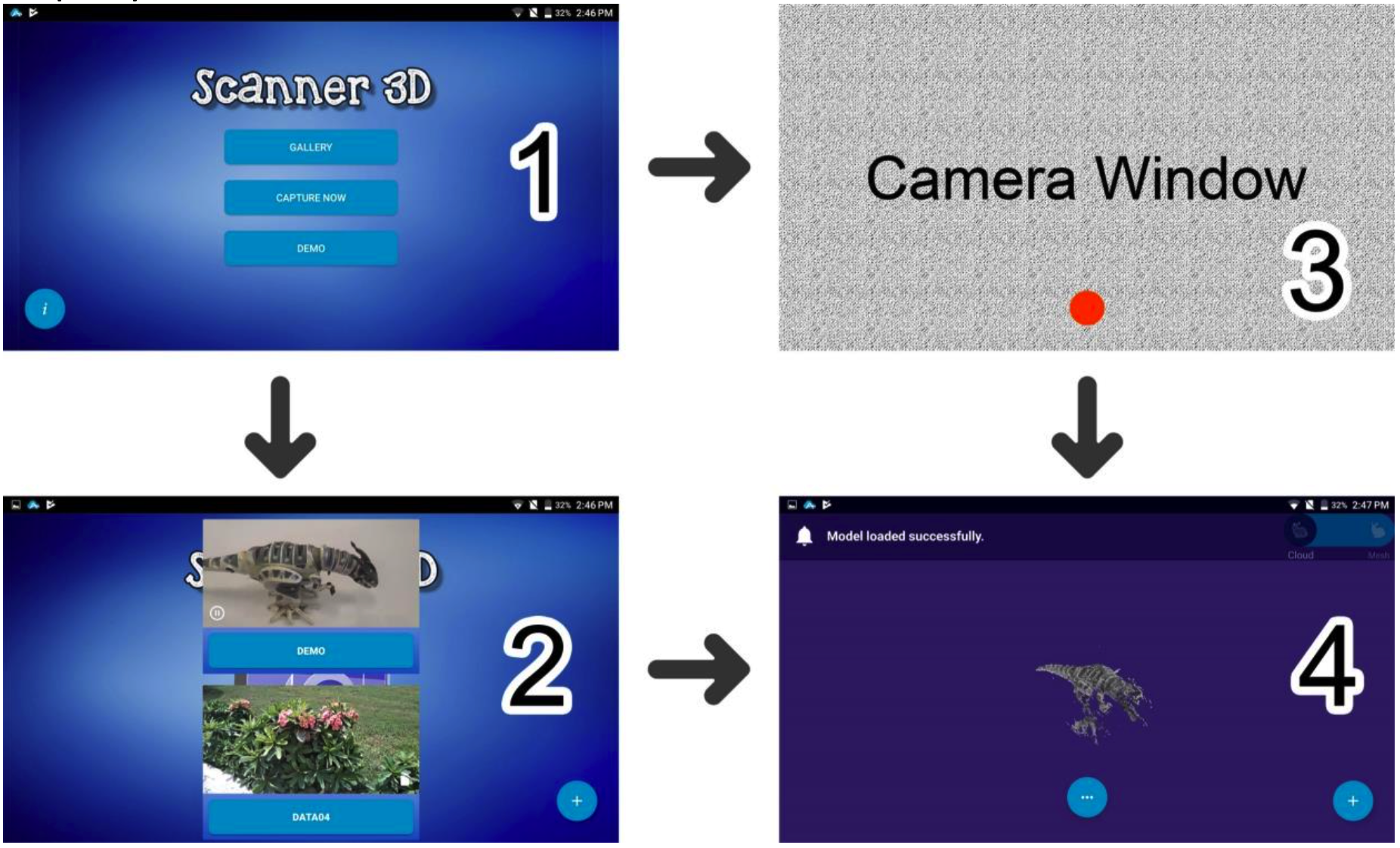
Enabling 3D vision on hand-held devices
Miniaturization of technology in past few decades has further reduced the gap between man and machine. Now people can have a powerful machine with computation, communication and imaging capabilities in their pockets in the form of smartphone. Several tasks that were not possible before can now be performed through these powerful embedded computers. This has triggered a new trend in Computer Vision research where other than industrial application a significant interest towards consumer tools has also developed. Resource intensive applications such as Medical Image Analysis and Computational Photography are now being developed for these devices. The need of the time is to further bridge this gap and add more intelligence to these applications using vision technologies.
The overall goal is that when we see the world around us through the lens of a camera it should give us an information rich view of the scene. For e.g. it can provide information about direction of places of interest, deals and offers in the surrounding area, photos taken by our friends who visited that place sometime in the past, and even far off people can be seen in the surrounding area in the augmented space. Another useful category of applications is in telemedicine and teledermatology to provide remote consultation, automatic diagnosis of skin diseases, to measure blood pressure, counterfeit medicine detection and many more interesting scenarios can be imagined.
We have already developed a proof of concept Augmented Reality Technology “Group Photo” (available on the AppStore as “groopic”). For this application we have developed image blending techniques for iOS platform and combined it with camera and user interaction to solve a pain problem. The key pain point that this application addresses is the fact that whenever people want to take a group photo, they either need an extra “non-group” person to take the photograph or a camera with tripod. Both of these scenarios limit the users’ ability to preserve their memories because, either one of the group members is always missing in that memorable picture while tripod is not a very portable piece of equipment.
Through this research we aim to further change the way people do daily activities by developing more core vision technologies for embedded platforms. There are several computer vision libraries and SDKs already available in the market such as OpenCV. These libraries provide wide range of basic level functionalities but lacks advance algorithms that are needed to develop consumer applications. Moreover, these libraries are not specifically designed for these platforms and suffer from latency issues. Through this project we aim to bridge this gap by developing technologies for two key application areas namely Computational Photography and Immersive Sharing. These technologies will then be used to develop range of consumer applications that can help people in their routine activities. Such application development can earn significant economic gains through sales in international market via online market places.


